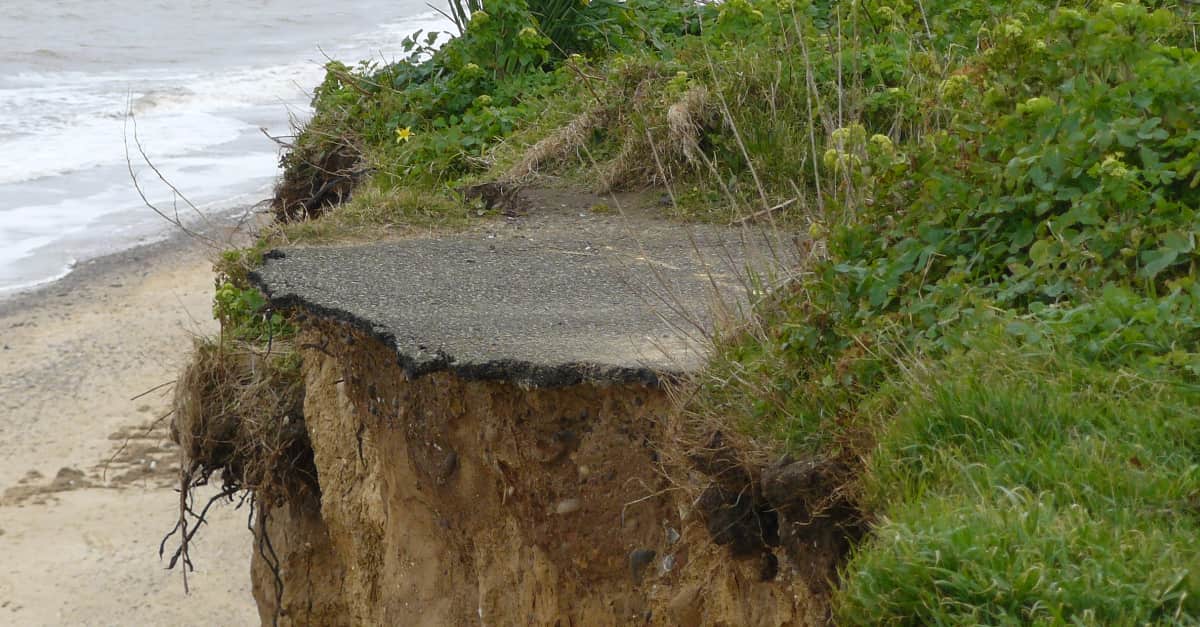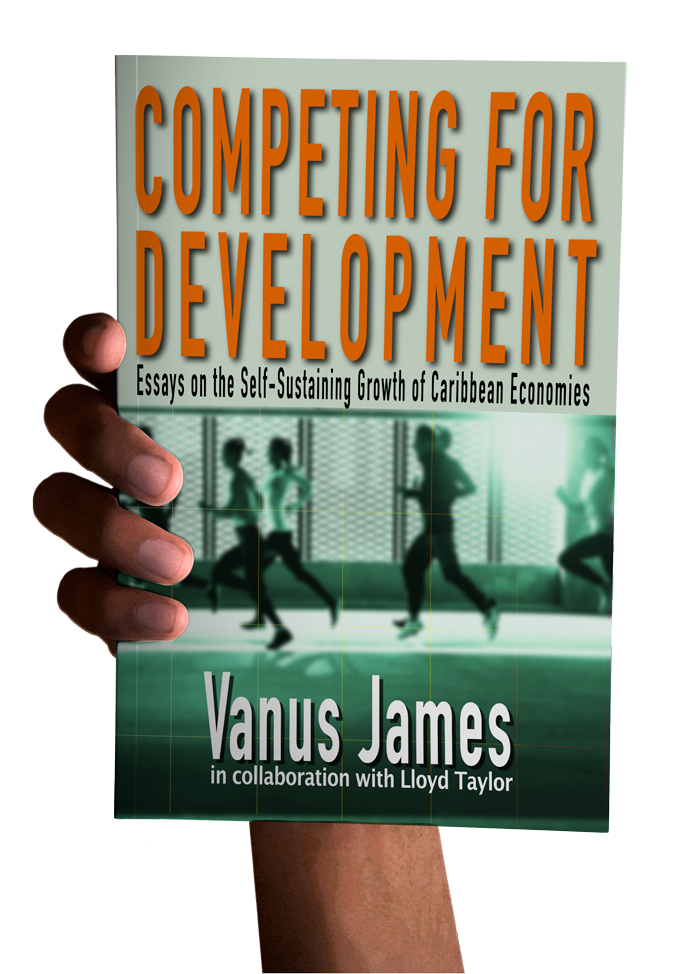
Sandals MOU: A Road-Map to Economic Ruin
People have been asking me two questions about the Sandals MOU, released on November 28, 2018 by the government, thanks to the efforts of Valuator, Afra Raymond. His legal action for Freedom of Information, forced the government to disclose its contents hours before the San Fernando, High Court hearing that also ordered the GOTT to pay costs.
Does this MOU reflect the best deal the country could have negotiated with other international brands? Is it reasonable for Tobago to expect high profit and sustainable growth from the investment? In other words, could Tobago get a better trade-off for piping its gas to Trinidad to sustain its gas-based industrialisation process?
Let us look at the claims promised by the Sandals project in the MOU. Adding 820 rooms with a Sandals brand will create a flagship tourism product and improve the tourism profile, increase airlift, and bring important benefits to the economy. The plant itself is intended to create 1750 good direct jobs, and feature an occupancy rate of 80%, to generate spin-off employment and demand for other domestic industries, and to cause sustainable high economic growth.
Was Sandals the best deal possible for Tobago? The first thing that strikes an unbiased reader of the MOU is that the Sandals management was not procured in a manner that allowed the government to secure a better deal from other international brands.
The government did not invite open bids for private international partners to implement its development intent. Sandals was picked out of the proverbial thin air. Jamaica, the origin of the Sandals brand, also relies on other international brands like Iberostar, Ritz-Carlton, Marriott, Wyndham, and so on. None of these were able to participate in a bid round. In Jamaica, many of them bring in private foreign capital. In the deal documented in the MOU, Sandals brings in no foreign exchange to be invested. Government is the only investor. An open bid might have resulted in other international brands proposing to put their own capital at risk, and so bring in foreign exchange as part of the investment process. Without an open bid, one cannot be confident that this was the best deal for Tobago. This is the potential cost of sole-sourcing enabled by poor governance.
Will the Sandals-managed plant generate high profits and catalyse long-term sustainable growth for Tobago? The growth generated will be sustainable if it is part of a process that continually raises the productivity of the investment undertaken. For this to happen, the growth rate achieved must exceed the rate of interest on the invested funds. Given the current cost of funds, the investment must be part of a pool that stimulates growth of at least 5% annually.
There are two mechanisms by which any investment will catalyse long-term sustainable growth. One is by raising the productivity of labour in Tobago and increasing profits and savings. However, the MOU provides no hint that Sandals will be motivated by pressures to run the plant profitably. In fact, the idea of profit and profit-sharing does not appear anywhere in the MOU. Government will do all the investment in plant and pay Sandals a management fee to brand and run it, claiming the surplus for itself. Sandals’ profit motive is bound up in the management fees it will obtain, not in a share of the surplus it could generate after meeting management costs. There is no basis for Tobagonians to be confident that Sandals will stimulate high productivity growth, profits and savings.
The second mechanism for sustainable high long-run growth is creation of demand for the output of other industries in Tobago or Trinidad – food and beverages, education and skills, healthcare, transport.
There are two sets of issues here. First, the existing Tobago agriculture and agro-processing sector have no significant capacity to compete with imports to supply the wide-ranging Sandals demand for food and other inputs. Second, the lesson of the rest of the Caribbean where Sandals-operated plants abound, is that growth has been persistently low. Indeed, the Sandalised economies are among the worst growth performers in the region. Jamaica, where the brand was invented, barely managed 0.7% real growth in 2017, not far from its long-term trend over the last three decades. Real output declined by 0.2% in Barbados in 2017 and is expected to grow at 0.8% in 2018 through 2020. In the Bahamas, where Sandals has a major footprint, real output grew at 1.4% in 2017 and is trending down. Similarly, St Lucia achieved 1.6% real growth in 2017, also trending downwards. Over the years all of these Sandalised economies have failed to achieve the 5% annual growth needed to generate good jobs and slow brain drain.
The reason for this poor growth performance is the type of tourism produced – primary tourism at the low end of the value-chain. They all rely mainly on sea, sun and sand plus imported inputs. This primary tourism is the promise of the Sandals MOU. So there is no basis for expecting Tobago to buck the low growth trend.
The Sandals tourism project can only generate and sustain high growth if it is part of a different type of tourism – an industrialised tourism – that is not evident in the documents accompanying the MOU, including the national Vision 2030.
In the region, the closest model is in Grenada, which produced real growth of 2.5% in 2017. Grenada has diversified the reasons for people to visit the country – moving up the value-chain to visits for tertiary medical education. This is similar to Australia where US$28 billion of tertiary education annually is the third largest export of the economy. Industrialised tourism has long been practiced in North America and Europe, with customers coming to the country for extended periods to purchase high-quality tertiary education, tertiary healthcare, creative music and entertainment, creative fashions and related shopping experiences. Then, their relatives and well-wishers also come to visit them and enjoy the related pleasures.
This industrialisation of tourism is not evident even in Jamaica where reggae has become an international treasure. Reggae-events have not been organically integrated into the tourism experience, although the Tourism Minister recently spoke of diversifying into music tourism.
Unfortunately, there is no Tobago tourism industrialisation plan associated with the Sandals MOU. So, the best Tobagonians could expect is low growth performance similar to that in the other Caribbean islands that have Sandalised their tourism. By itself, Sandals is not a good trade-off for Tobago’s gas. We could do better than that.









